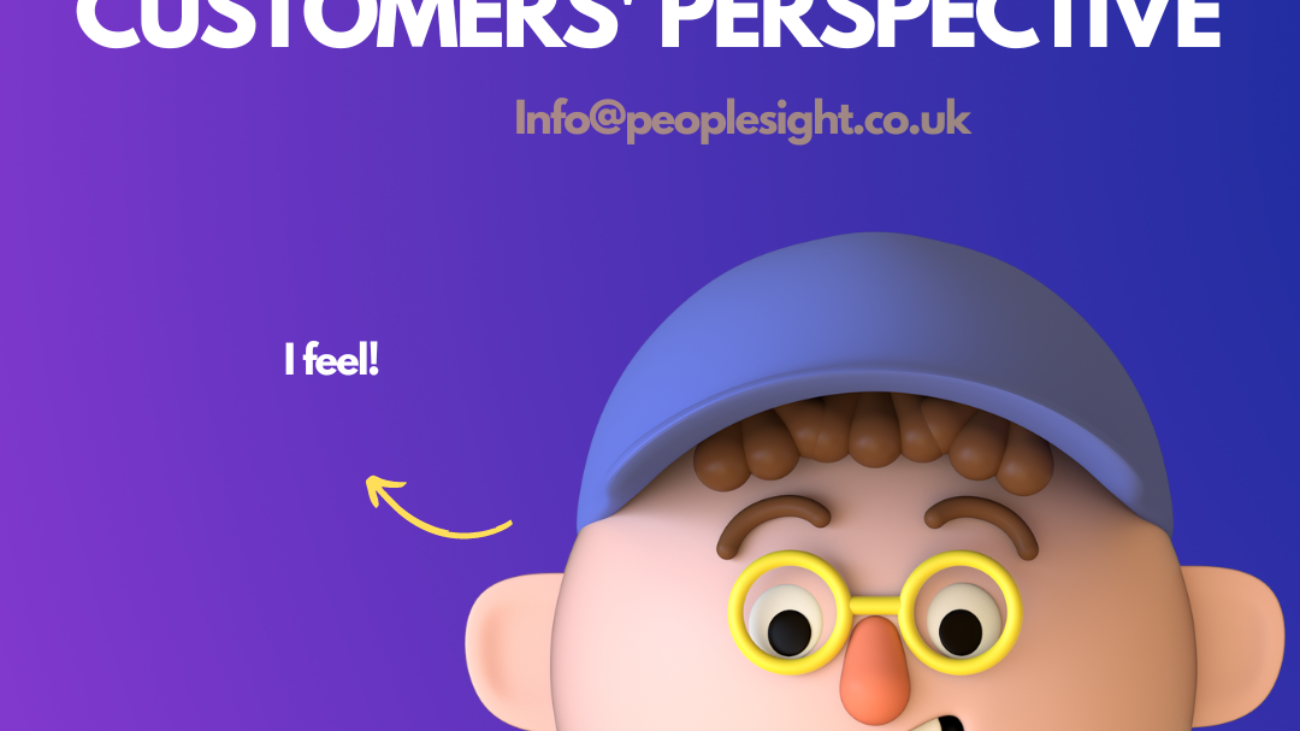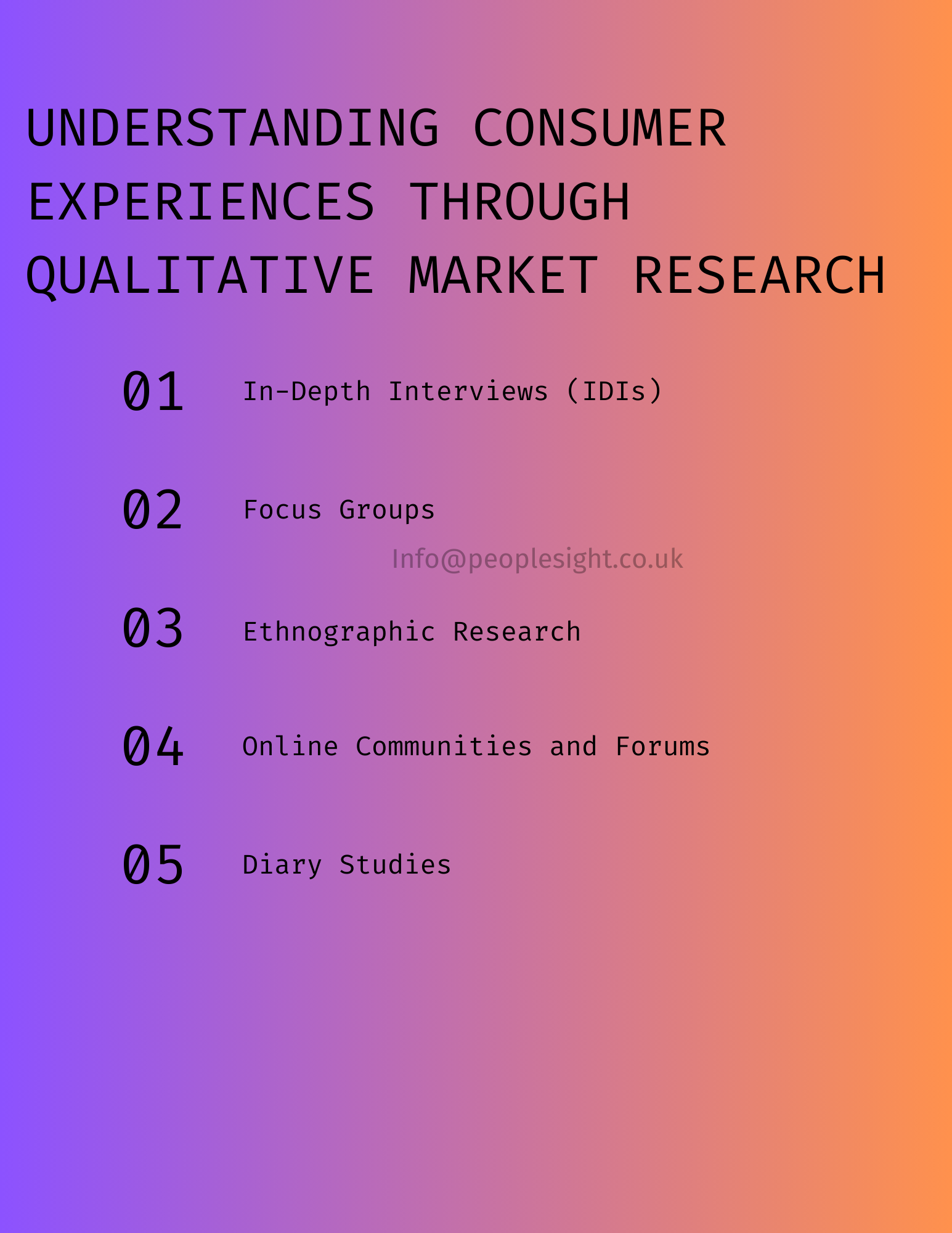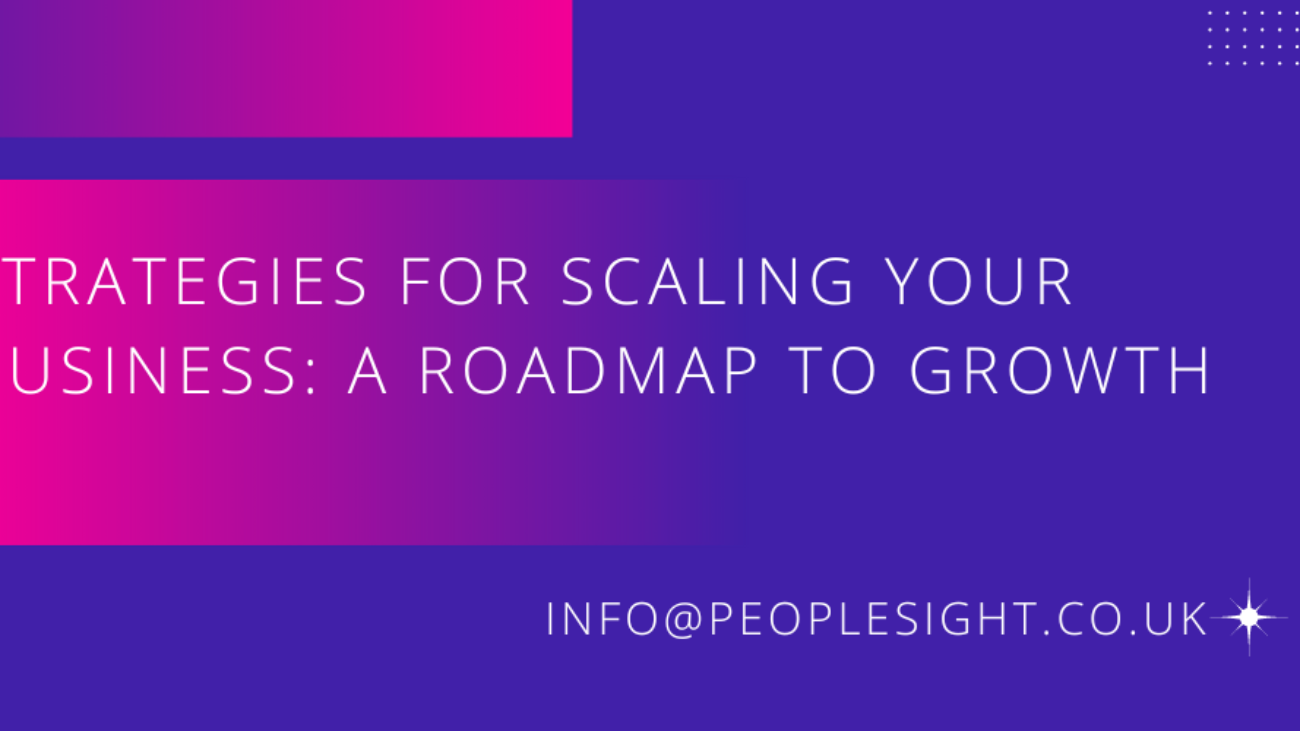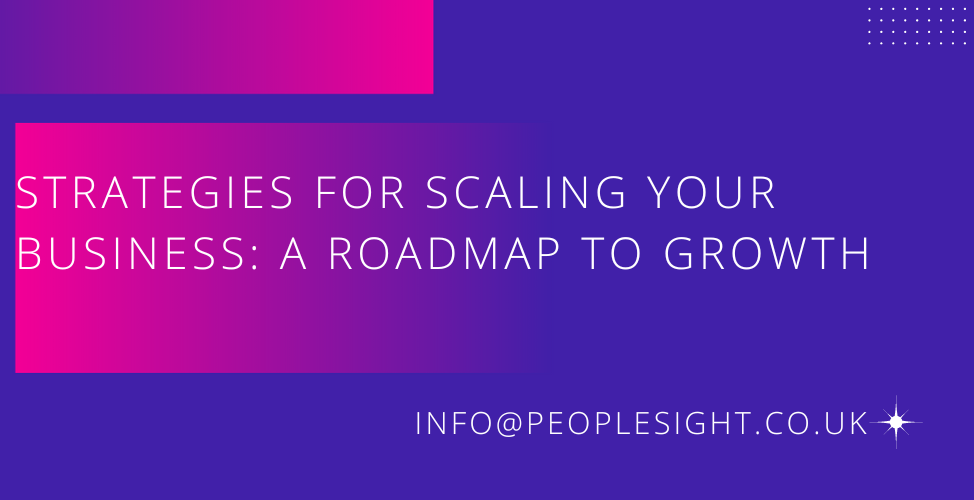Businesses constantly seek innovative ways to attract and retain customers. While product quality and price are essential factors, they are not the only elements that drive consumer decisions. Understanding consumer behavior has emerged as a critical aspect of crafting successful marketing strategies. When you delve into the minds of consumers, you can tailor your campaigns to meet specific needs, preferences, and buying patterns, ultimately leading to higher engagement and increased sales.
The Importance of Consumer Behavior Analysis
Consumer behavior analysis involves studying how individuals make purchasing decisions and what factors influence those choices. It encompasses a range of psychological, social, and economic elements that affect how consumers perceive, interact with, and decide to buy products or services. Here’s why understanding consumer behavior is vital for developing effective marketing strategies:
1. Targeted Marketing
Knowing your audience is the first step in creating a successful marketing campaign. By analyzing consumer behavior, businesses can segment their audience based on demographics, psychographics, and behavioral patterns. This segmentation allows for more targeted marketing efforts, ensuring that messages reach the right people at the right time. For example, a company selling eco-friendly products might focus on environmentally conscious consumers who prioritize sustainability.
2. Personalized Customer Experience
Consumers today expect personalized experiences. Through consumer behavior analysis, businesses can gather insights into individual preferences and tailor their offerings accordingly. Personalized marketing not only enhances customer satisfaction but also fosters loyalty. For instance, streaming services like Netflix use viewing history to recommend shows and movies, creating a personalized viewing experience that keeps subscribers engaged.
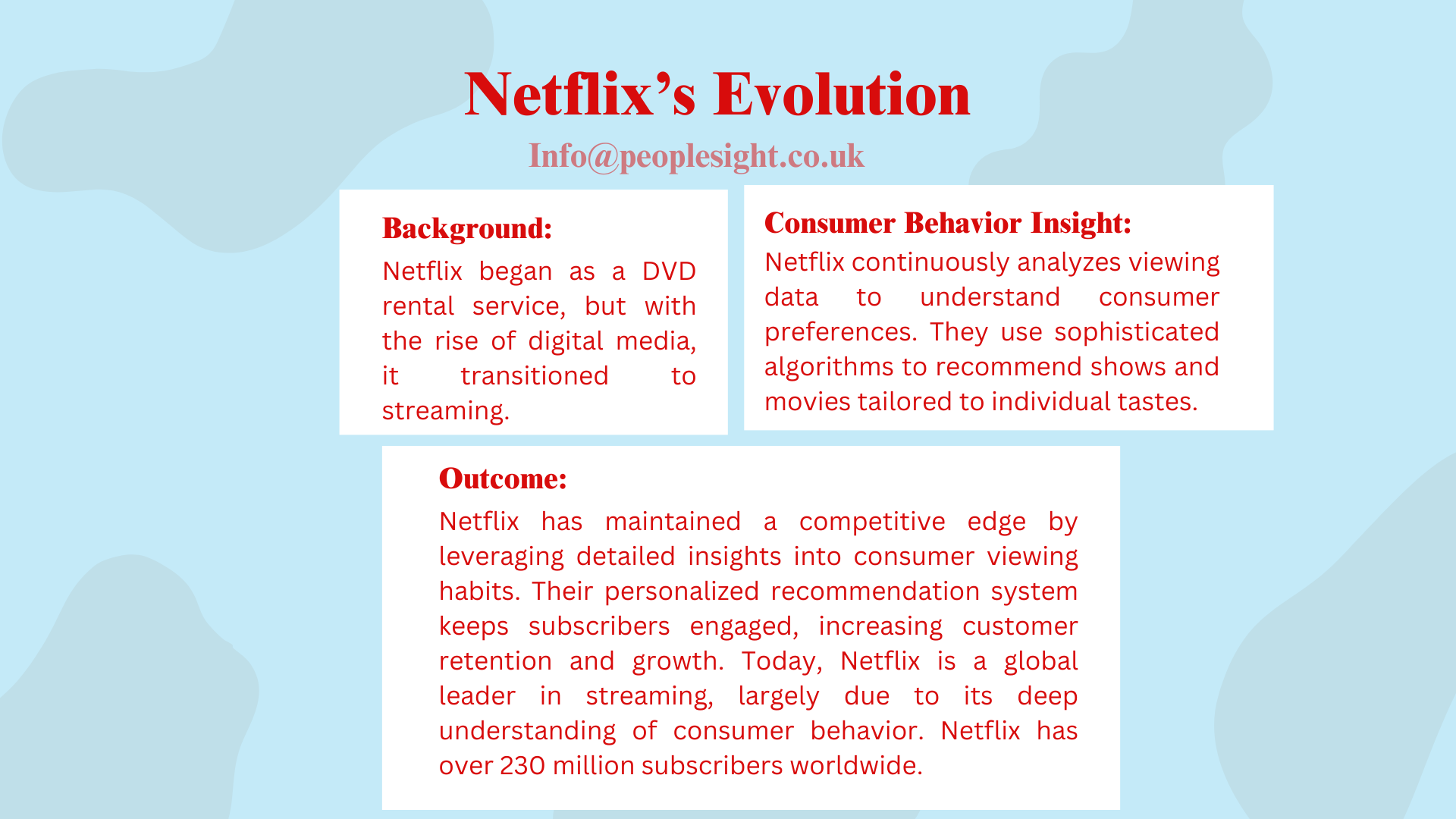
3. Improved Product Development
Understanding consumer behavior helps businesses identify gaps in the market and unmet needs. This information is invaluable for product development and innovation. By aligning products with consumer desires, companies can increase the likelihood of success in the market. Apple, for example, constantly analyzes consumer feedback and behavior to refine its products and introduce features that address user needs.
4. Effective Pricing Strategies
Pricing is a crucial element of the marketing mix. Consumer behavior analysis provides insights into how much consumers are willing to pay for a product or service. By understanding the perceived value and price sensitivity of their target audience, businesses can set competitive prices that maximize profits without deterring potential buyers. Dynamic pricing models, such as those used by airlines and ride-sharing services, rely heavily on consumer behavior data to adjust prices in real time.
5. Enhanced Promotional Efforts
Promotional strategies are more effective when they resonate with the target audience. By analyzing consumer behavior, businesses can determine the most impactful channels and messaging for their promotions. Social media platforms, for instance, offer detailed analytics on user behavior, enabling marketers to create content that aligns with the interests and preferences of their audience.
6. Customer Retention
Retaining customers is often more cost-effective than acquiring new ones. Understanding consumer behavior can help businesses identify factors that contribute to customer satisfaction and loyalty. By addressing pain points and continuously engaging with customers, companies can foster long-term relationships. Loyalty programs, personalized communication, and exceptional customer service are all strategies informed by consumer behavior analysis.

Implementing Consumer Behavior Analysis
To effectively analyze consumer behavior, businesses can employ various methods and tools through market research:
Surveys and Questionnaires
Collecting direct feedback from consumers through surveys and questionnaires provides valuable insights into their preferences, motivations, and experiences.
Focus Groups
Conducting focus groups allows businesses to engage with a select group of consumers in a controlled environment, gaining deeper insights into their thoughts and attitudes.
Data Analytics
Leveraging big data and analytics tools helps businesses track online behavior, purchase history, and social media interactions. This data provides a comprehensive view of consumer behavior patterns.
Customer Feedback and Reviews
Monitoring customer feedback and reviews on various platforms helps businesses understand consumer satisfaction levels and areas for improvement.
Ethnographic Research
Observing consumers in their natural environment provides context-rich insights into their behavior, needs, and challenges.
Conclusion
Consumer preferences are constantly evolving, understanding consumer behavior is more critical than ever. Businesses that invest in consumer behavior analysis are better equipped to create marketing strategies that resonate with their target audience, resulting in increased engagement, loyalty, and ultimately, business success. By placing the consumer at the heart of their marketing efforts, companies can navigate the complexities of the modern marketplace and achieve sustained growth. At Peoplesight Market Research, we specialize in providing the quality research services needed to decode consumer behavior and make better market decisions. Contact us today to learn how we can help your business thrive.


